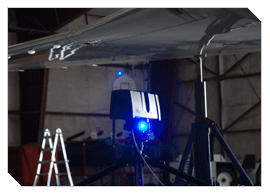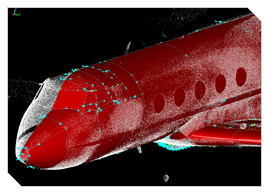In 2009, Direct Dimensions Inc. was approached by Texas A&M University’s Flight Research Laboratory (FRL) with a challenging yet typical 3-D problem. The FRL, while primarily an active teaching facility, also offers both flight and wind tunnel test services. This particular project was for a customer who had contracted the FRL to perform feasibility and conceptual design studies for a flight-test program using a business-jet class aircraft.
|
ADVERTISEMENT |
This type of virtual aerodynamic testing, called CFD analysis, or computation fluid dynamics, requires a dimensionally accurate “as built” 3-D CAD model of this specific Gulfstream airplane. The FRL would also need additional
|
|
…


Add new comment